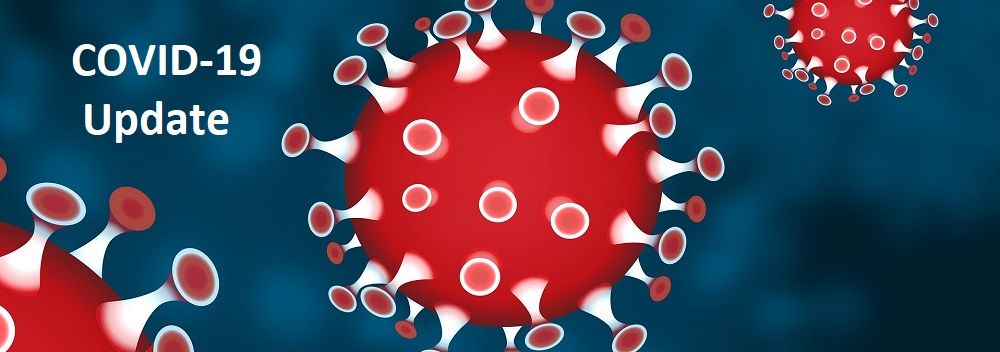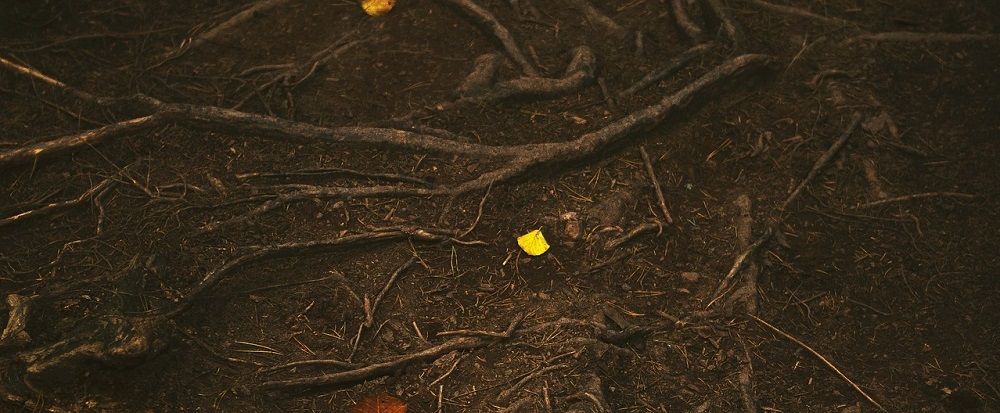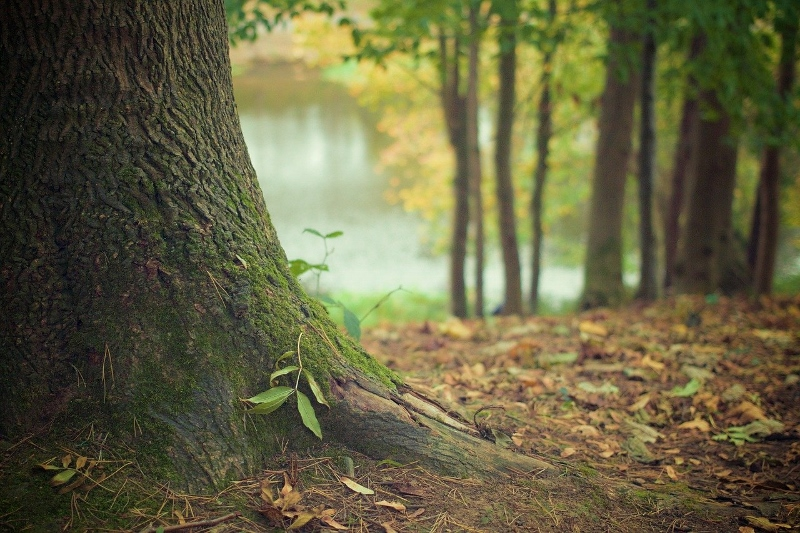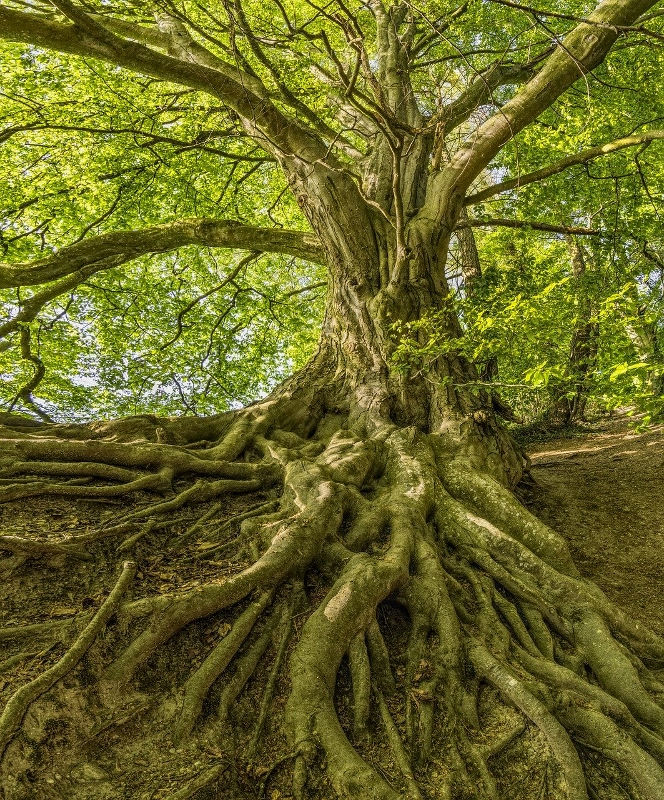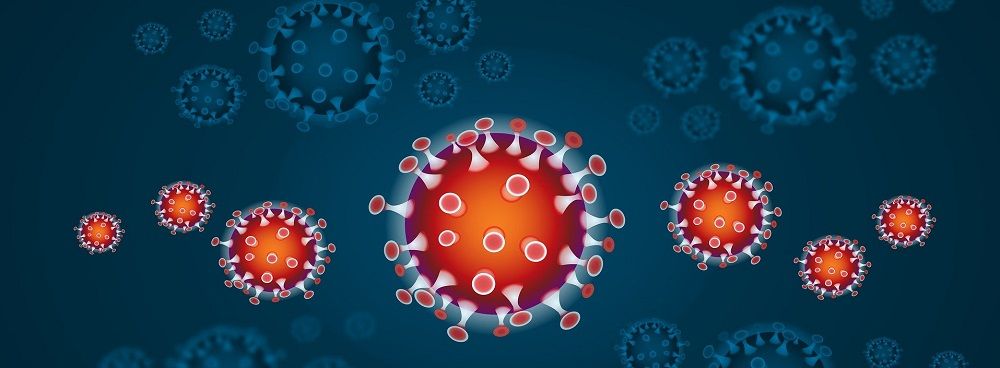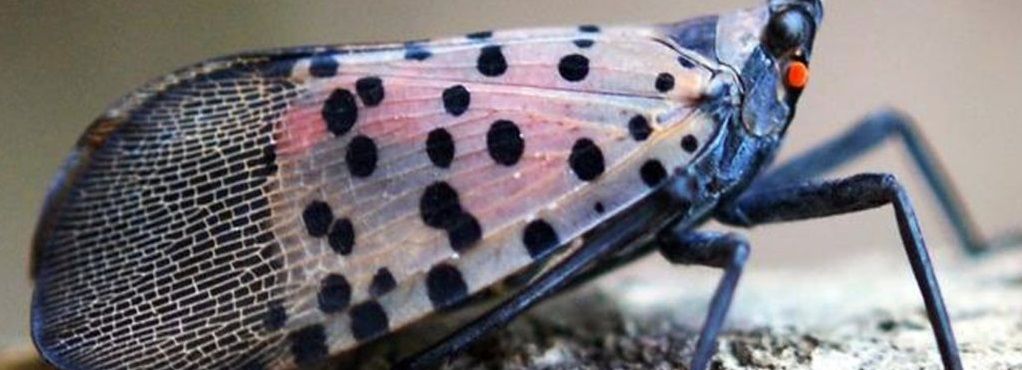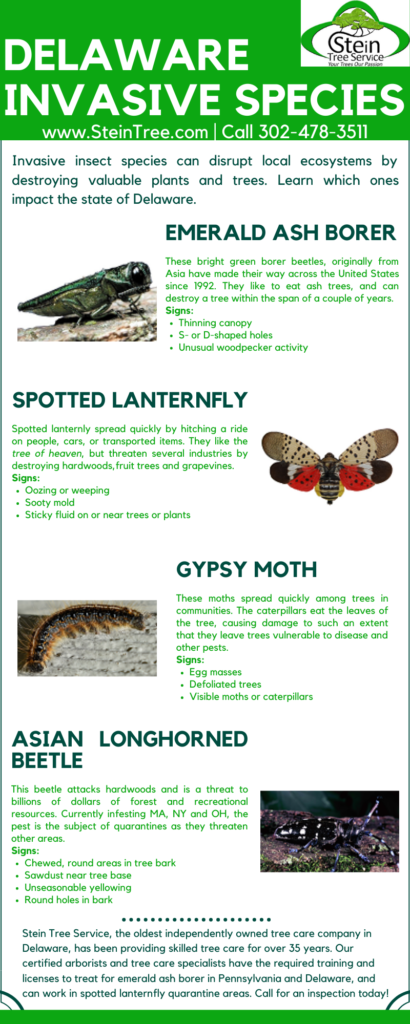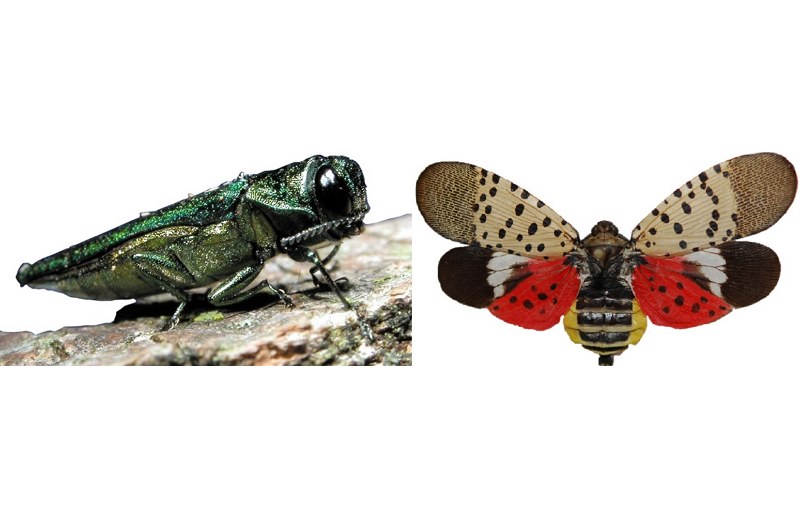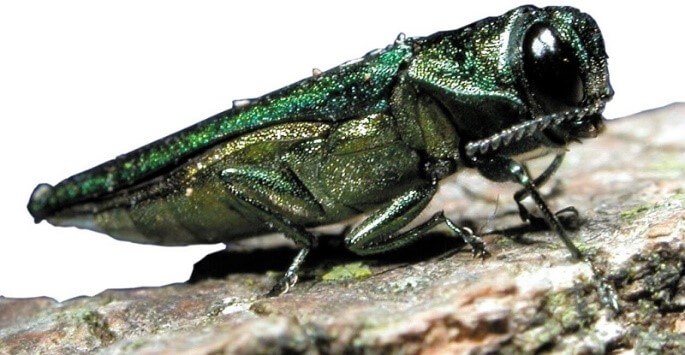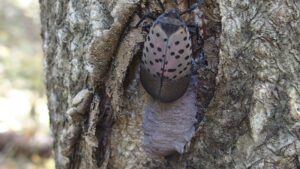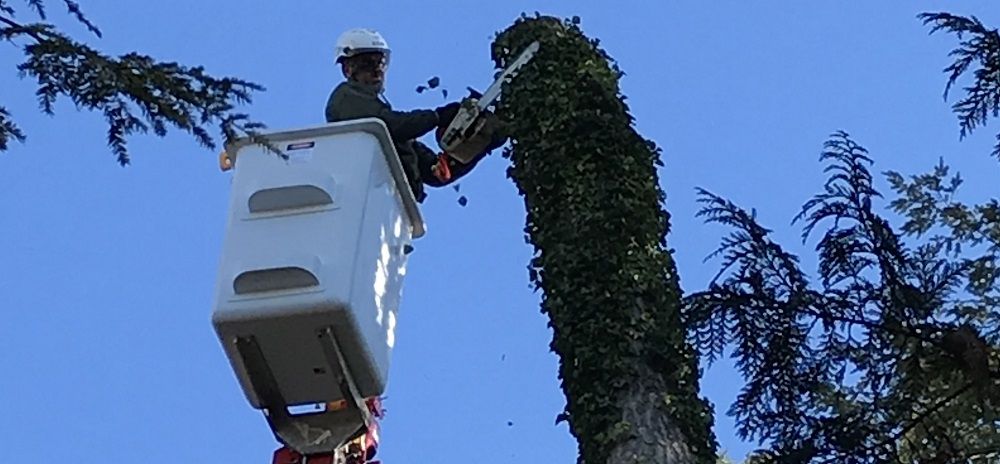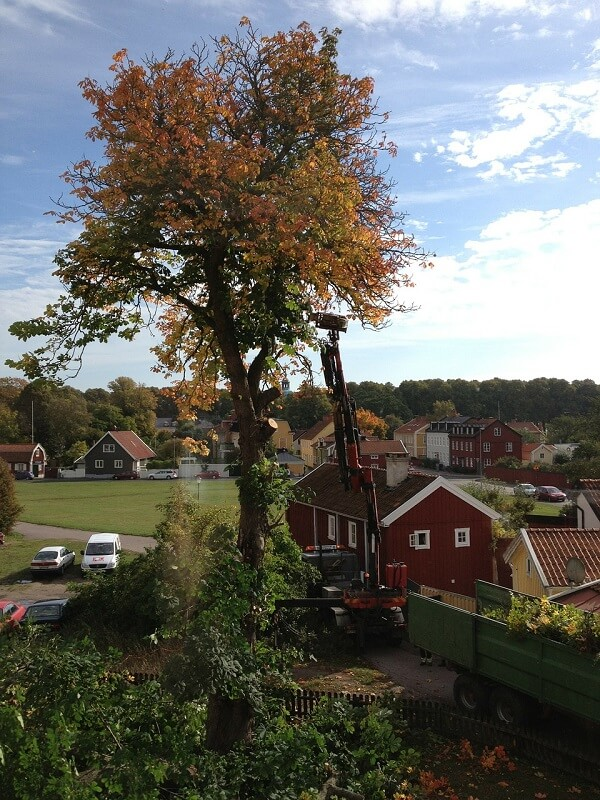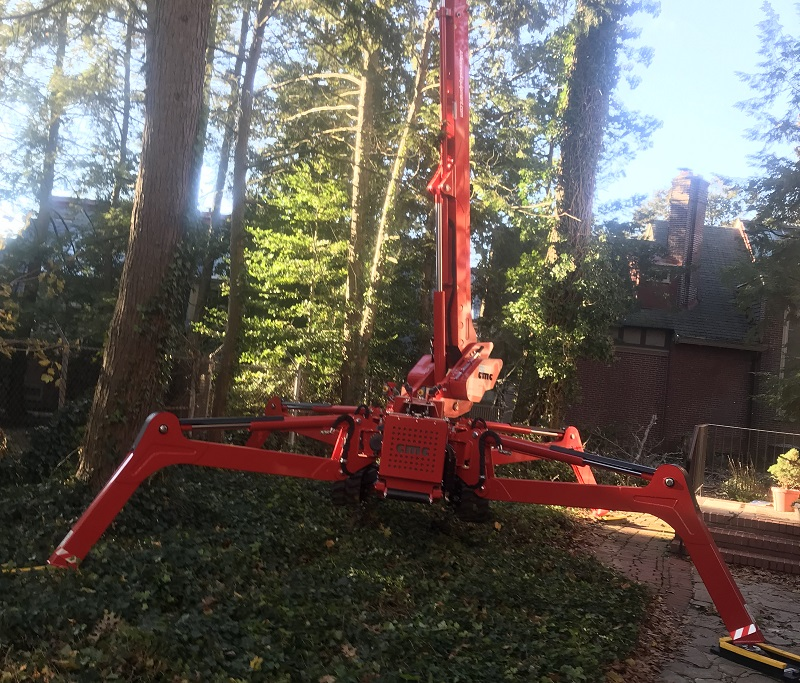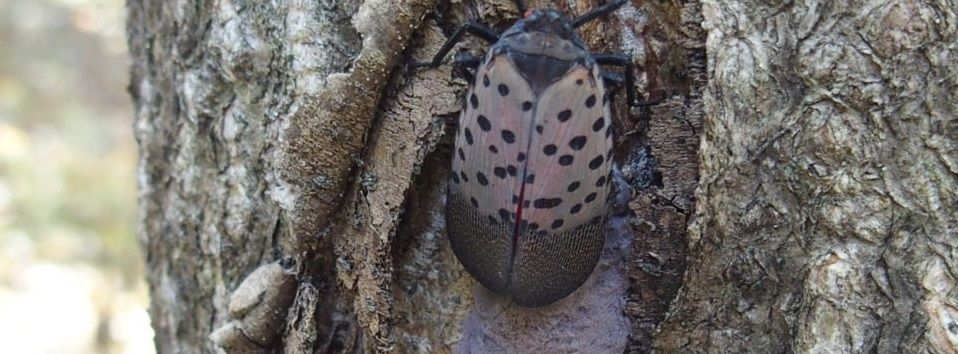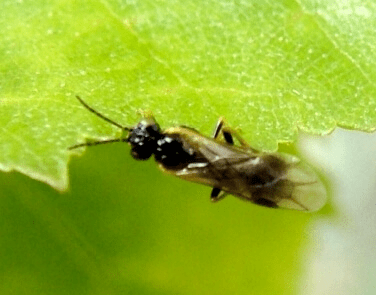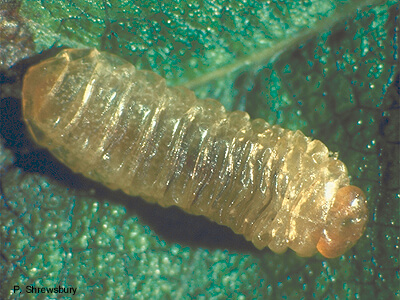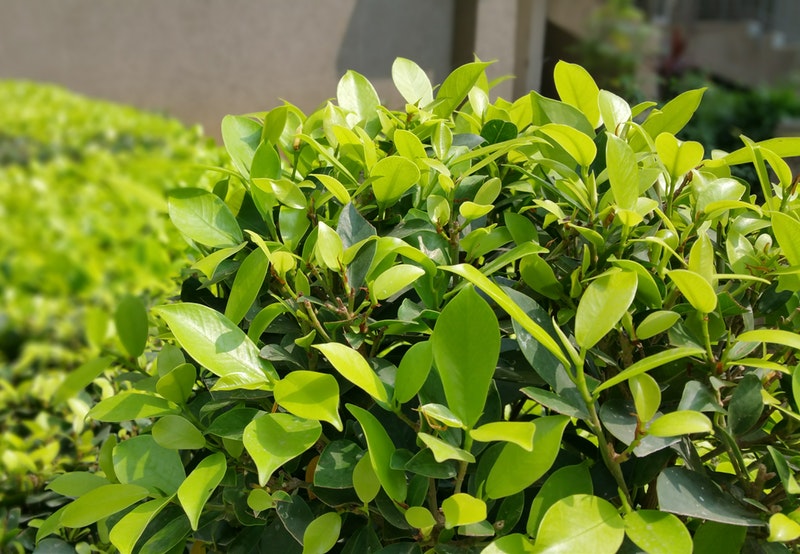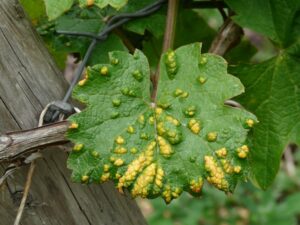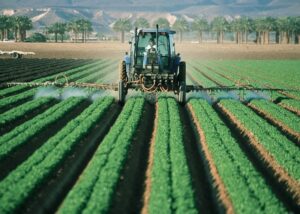Maintaining healthy landscaping, trees, shrubs, and other plants often requires work and labor from either the owner or a tree and plant health care specialist. But one method is to let insects do the job instead. Beneficial insect release has become an increasingly popular method for homeowners to maintain their gardens and landscapes in a natural, sustainable way.
What Are Beneficial Insects?
Beneficial insects are insects that perform valuable tasks to sustain an ecosystem, such as pollination and pest control. Many people perceive all insects as pests, but insects are vital to their ecosystems. In addition to pollination and pest control, many insects provide soil fertilization or food for other insects and animals.
For example, bees pollinate flowers, collecting the nectar, and using that nectar to produce honey. A farmer can take advantage of this by using bee boxes and creating a sustainable cycle that benefits both him and the bees.
Pest Control
Using insects as a form of natural pest control has become more prevalent in recent years. Organic farmers and gardeners commonly use this form of biological pest control, as do tree and plant health care specialists as part of integrated pest management plans. An example of beneficial insects used for pest control is the ladybug.
Ladybugs are predators to aphids, which are small, sap-sucking insects that can damage plants and leaves. If a gardener is having trouble with aphids, a pest control specialist can distribute ladybugs to control the aphid population, without using chemicals that might cause more harm to the gardener’s plants. Other insects, such as green lacewings and praying mantises, are also used for pest control. A special kind of wasp, parasitoid wasps, which are natural predators of emerald ash borer (EAB) in their native Asia, has been released in some areas to fight the EAB invasion.
Benefits of Beneficial Insect Release
One of the primary benefits of using beneficial insect release is that the process avoids chemical pest control methods such as pesticides. While pesticides are effective at controlling and eliminating pests, some plants and beneficial insects like bees can be affected negatively. Beneficial insects are a natural, organic, and environmentally sustainable way to control pests. Many insects have also shown to have growing resistance to pesticides. Predator creatures avoid that issue entirely.
Beneficial insects also fit into the larger goal of integrated pest management: to control pests while preserving the natural environment and ecosystem as much as possible. Nature has many self-regulating elements, and predator insects are one element from which humans and landscapes can benefit.
How to Use Beneficial Insects
Taking proper advantage of beneficial insects involves much more than only releasing them into a landscape.
Choose the Right Species
The first step to utilizing beneficial insect release is to determine what pests are affecting a landscape, the location of the pests, the extent of the damage, and any other information a pest management specialist needs to create the best plan. The pest management specialist uses this information to determine what species of insects would lead to the best results. Different pests have different natural predators. Selecting the best species for the job is a crucial first step.
For example, the Tetrastichus planipennisi parasitoid wasp is too small to be effective against EAB in mature trees. A larger specimen, the Spathius agrili, can penetrate the thicker bark of mature trees.
Maintain the Environment
Beneficial insects need to be in an environment that allows them to thrive. For example, Delaware’s yearly climate tends to be moderate, with average monthly temperatures ranging from 76 to 32 degrees Fahrenheit. So, a proper beneficial insect release plan needs to select insects that thrive in these temperatures. Humidity is another factor that affects which insects will thrive.
Choose Optimal Timing
When the pest management specialist and the property owner are ready to distribute the insects, timing is key. If, for example, parasites are being released into a landscape, a host (the organism attacked by the parasite) must be available. Some releases are dependent on the life cycles of the pests. Beneficial insects should also be released when food sources are plentiful, allowing the insects to survive for longer periods.
Contact Stein Tree Service for Tree and Plant Health Care Services
If you have issues with pests in your landscape, call Stein Tree Service. We have provided quality service in areas such as Wilmington and Philadelphia for over 35 years and we are certified to treat for EAB and to work in spotted lanternfly quarantine areas. Our certified arborists have decades of knowledge and experience, and our equipment is state-of-the-art. For a free consultation, contact us today.

